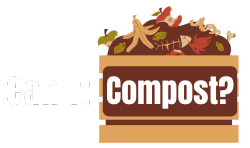Can I Compost Paper?
Paper is generally compostable, but its decomposition rate depends heavily on type and preparation.


Sourced & Cited
Paper can be a valuable addition to your compost pile, providing essential carbon for a balanced mix. Different types of paper, however, break down at different speeds. Understanding these differences will ensure a successful composting process.
Compost Classification
Brown (Carbon-rich): Paper is primarily composed of cellulose fibers, making it a dry, carbon-rich material ideal for balancing the nitrogen-rich "greens" in your compost. Its low moisture content contributes to slower decomposition compared to "green" materials.
🏷️ Tags
Important characteristics to know about this item:
Breaks Down Slowly Use in Moderation Pest Attraction Risk Avoid if Treated/Coated
⚠️ Potential Risks
- Slow decomposition rate, especially for thicker or coated papers.
- Potential for pest attraction if large amounts of unshredded paper are added.
- Ink from some papers might not completely break down, potentially leaving slight discoloration in the finished compost (though generally not harmful).
💡 Best Practices
- Shred or tear paper into smaller pieces (approximately 1-inch squares) to increase surface area and speed up decomposition.
- Mix paper with a good balance of "green" materials (food scraps, grass clippings) to maintain optimal moisture and nitrogen levels for effective composting.
- Avoid adding glossy, waxed, or coated papers, as these materials often contain non-biodegradable components.
- Layer paper within the compost pile, rather than placing large quantities in one spot.
